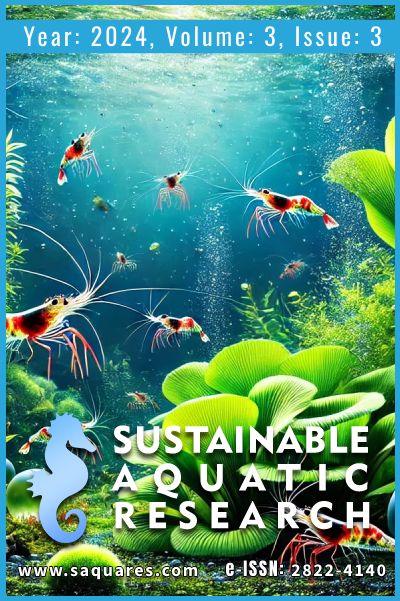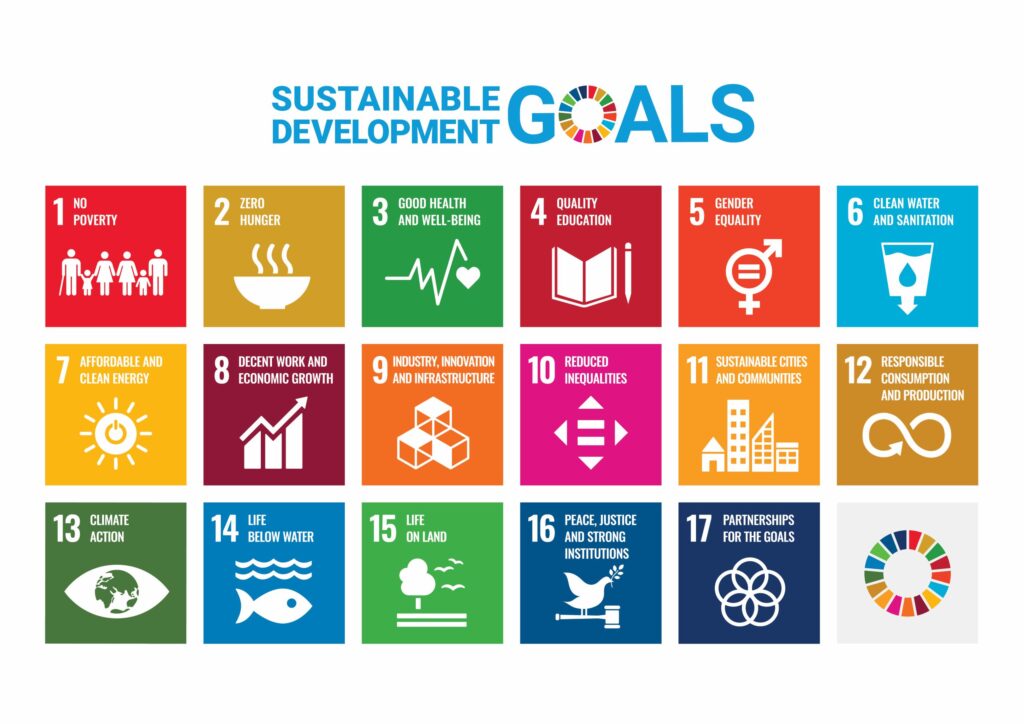Ecotoxicity of Aquaculture Chemotherapy-A Case Study in Chile
DOI:
https://doi.org/10.5281/zenodo.14563196Keywords:
Sustainable aquaculture, ecotoxicity, chemotherapy, FlorfenicolAbstract
Aquaculture has experienced rapid growth in Chile over the past three decades, currently ranking first in America in terms of production. The use of chemotherapy, involving chemical drugs to prevent and treat disease outbreaks, has been widespread in salmon aquaculture for managing fish population diseases. To mitigate the negative environmental impacts of aquaculture chemotherapy, an analysis of the current legal framework governing Environmental Impact Assessments (EIAs) for veterinary medicinal products was conducted, referencing the Chilean regulatory framework (SAG 2011) and international guidelines (VICH 2000, 2004; EMA 2016). The analysis revealed a need to enhance the Chilean legal framework to align with international standards, thereby facilitating sustainable aquatic production. The study identified a legal framework that permits high ecotoxicity acceptance parameters, resulting in elevated environmental risk due to the use of Florfenicol in seawater-phase aquaculture, as indicated by a risk quotient (RQ) value exceeding 100.
References
Cabello F (2003) Antibioticos y Acuicultura un análisis de sus potenciales impactos para el medio ambiente, la salud humana y animal en Chile. Análisis de Políticas Públicas Serie APP número 17.
Carraschi SP, Florêncio T, Garlich N, et al (2015) Ecotoxicology of drugs used in fish disease treatment. Journal of Environmental Chemistry and Ecotoxicology 7:31–36
EMA (2016) Guideline on environmental impact assessment for veterinary medicinal products in support of the VICH guidelines GL6 and GL38
FAO (2024) The state of world fisheries and aquaculture 2022. Part 1 world review.
Hektoen H, Berge JA, Hormazabal V, Yndestad M (1995) Persistence of antibacterial agents in marine sediments. Aquaculture 133:175–184
Horsberg TE, Hoff KA, Nordmo R (1996) Pharmacokinetics of florfenicol and its metabolite florfenicol amine in Atlantic salmon. Journal of Aquatic Animal Health 8:292–301
Lai H-T, Hou J-H, Su C-I, Chen C-L (2009) Effects of chloramphenicol, florfenicol, and thiamphenicol on growth of algae Chlorella pyrenoidosa, Isochrysis galbana, and Tetraselmis chui. Ecotoxicology and Environmental safety 72:329–334
Li D, Chen H, Liu H, et al (2021) Anticancer drugs in the aquatic ecosystem: Environmental occurrence, ecotoxicological effect and risk assessment. Environment International 153:106543. https://doi.org/10.1016/j.envint.2021.106543
Liu W, Ming Y, Huang Z, Li P (2012) Impacts of florfenicol on marine diatom Skeletonema costatum through photosynthesis inhibition and oxidative damages. Plant physiology and biochemistry 60:165–170
Lozano I, Díaz NF, Riquelme SM and C (2018) Antibiotics in Chilean Aquaculture: A Review. Antibiotic Use in Animals. https://doi.org/10.5772/intechopen.71780
Martins A, Guimarães L, Guilhermino L (2013) Chronic toxicity of the veterinary antibiotic florfenicol to Daphnia magna assessed at two temperatures. Environmental toxicology and pharmacology 36:1022–1032
Ministerio de Medio Ambiente, Gobierno de Chile (2015) Guía metodológica de evaluación de riesgo ambiental del uso de sustancias químicas en actividades de producción y servicios.
Reverter M, Bontemps N, Lecchini D, et al (2014) Use of plant extracts in fish aquaculture as an alternative to chemotherapy: Current status and future perspectives. Aquaculture 433:50–61. https://doi.org/10.1016/j.aquaculture.2014.05.048
SAG (2011) Evaluación del riesgo ambiental de los productos farmacéuticos de uso veterinario. Boletín veterinario oficial II semestre 2011.
SAG (2010) Resolución Exenta N° 665. Establece parámetros para determinar que los productos farmacéuticos de uso exclusivamente vetrinario no provocan daño al ambiente.
SERNAPESCA (2022) Anuario Estadístico de Pesca y Acuicultura 2022
SERNAPESCA (2024) Informe sobre uso de antimicrobioanos y antiparasitaros en la salmonicultura nacional.
SERNAPESCA (2012) Propuesta de reglamento densidades, score de riesgo y plan de manejo
Tihulca IV (2013) Methodology for environmental risk assessment associated with the use of veterinary medicinal products. Med Vet/Vet Drug 1:74–80
VICH (2000) Environmental Impact Assessment (EIAs) for vetrinary medicinal products (VMPs)-Phase 1. VICH GCL6 (Ecotoxicity-Phase 1)
VICH (2004) Environmental Impact Assesment (EIAs) for Veterinary Medicinal Products (VMPs)-Phase II. VICH GL38 (Ecotoxicity Phase II)
Downloads
Published
How to Cite
Issue
Section
License

This work is licensed under a Creative Commons Attribution-NonCommercial 4.0 International License.






